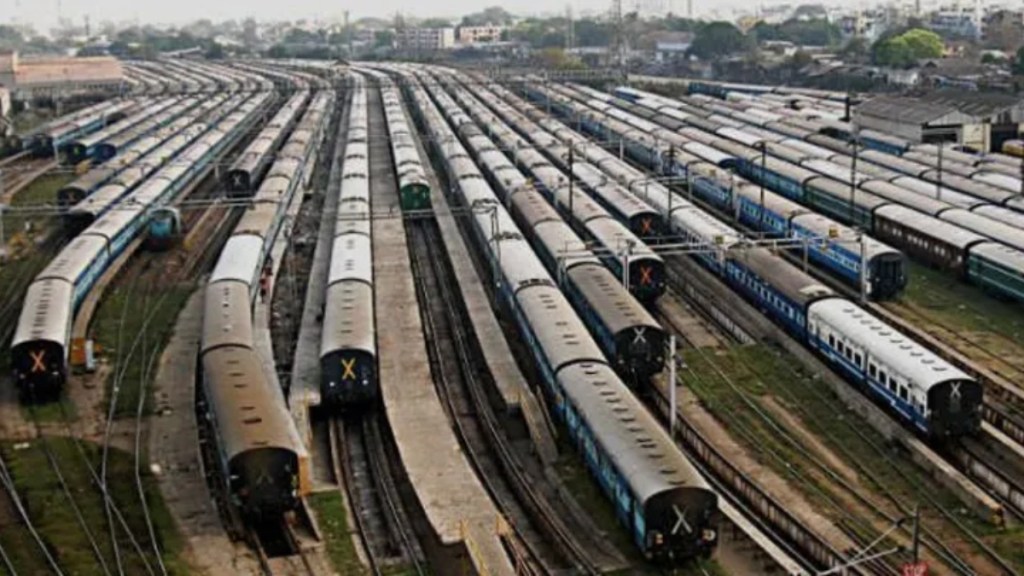Finance Minister Niramala Sitharaman has concluded her sixth budget presentation. In her speech, she discussed the capital expenditure for infrastructure, adding that capex outlay for the next year has been increased by 11.1% to Rs 11,11,111 crore. This will amount to 3.4% of the GDP.
3 economic railway corridor
Sitharaman announced the implementation of three major economic railway corridor programmes – energy, mineral and cement corridors; port connectivity corridors; and high traffic density corridors. Emphasising their identification under the PM Gati Shakti for facilitating multi-modal connectivity, the minister highlighted their potential to enhance logistics efficiency and decrease overall costs.
Additionally she said that the decongestion in high-traffic corridors will allow improvement in operations of passenger trains. This will ensure safety, and increase travel speeds for passengers. In conjunction with dedicated freight corridors, these three economic corridor programmes will propel GDP growth and decrease logistic costs.
Normal bogies to follow Vande Bharat standards
The minister’s speech highlighted that about forty thousand normal rail bogies will be converted to the Vande Bharat standards for ensuring more safety, convenience and comfort of passengers.
Reacting to the budget, Mohammad Athar, Partner and Leader CP&I & Industrial Development, PwC India, highlighted its “consistent focus” on infrastructure investments “as a key enabler for driving India’s competitiveness”.
He added that with a budget allocation of Rs 11.1 lakh crore, the focus of the budget is prominently directed towards enhancing railway corridors to facilitate a reduction in logistics costs. Additionally, Athar said that the capex for expansion of airports will help in serving the growth needs of India’s rapidly growing aviation market. “Likewise, promoting public transport investments across metro, rail, electric buses and regional rail projects will serve several objectives of the country by enabling urban transformation, decongesting our cities and driving our decarbonisation agenda for transport,” he further said.


